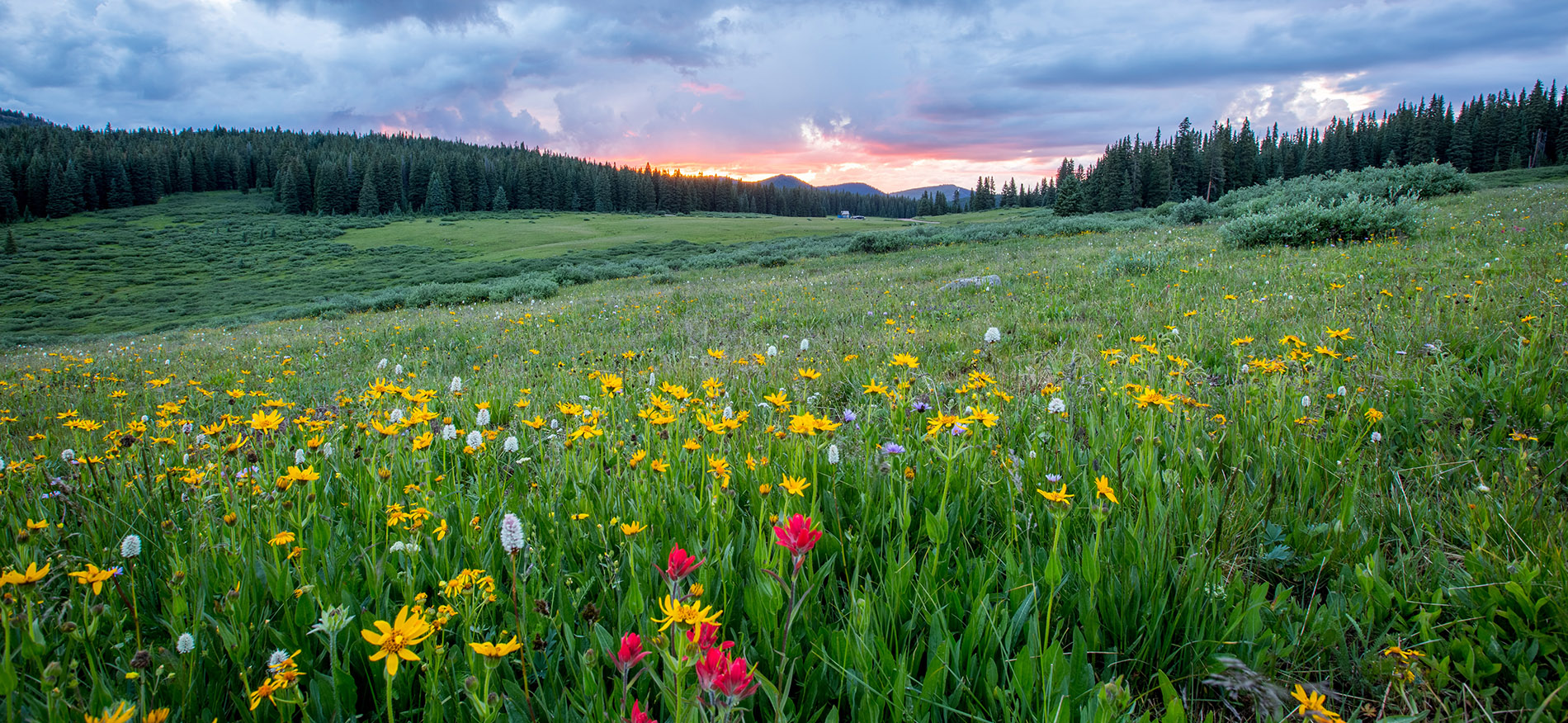What Is Daylight Saving Time and Why Do We Use It?

Daylight Saving Time (DST) is the practice of setting the clocks forward one hour from standard time during the summer months, and back again in the fall, to make better use of natural daylight. “Spring forward, fall back” is one of the sayings used to remember which way to set your clocks. You set your clock forward one hour in the spring when DST starts (lose 1 hour), and back one hour when DST ends in the fall (gain 1 hour).
Many countries in the Northern Hemisphere (north of the equator) use DST in the summertime, but not all. Daylight Saving Time usually starts in March and ends in November when the countries return to standard time, or wintertime as it is also known. In the Southern Hemisphere (south of the equator) the participating countries usually start the DST period in November and end DST in March.
History of Daylight Savings Time
Some credit Benjamin Franklin for being the first to suggest a seasonal time change. However, Franklin’s idea in 1784 can hardly be described as fundamental for the development of modern DST. It did not even involve turning the clocks. In a letter to the editor of the Journal of Paris, entitled “An Economical Project for Diminishing the Cost of Light,” Franklin suggested that Parisians could economize candle usage by getting people out of bed earlier in the morning. Historians believe Franklin actually meant it as a joke! In 1895 modern Daylight-Saving Time was suggested by George Vernon Hudson who first presented a proposal for a 2-hour daylight saving shift.
Proposals to stay on standard time or move to full-time DST appear on the legislative agenda in the United States every clock change. Since 2015, more than two hundred daylight saving bills and resolutions have been introduced in almost every state across the US, according to the National Conference of State Legislatures.
Several US states have passed bills in favor of permanent DST. However, they need congressional approval to abolish the time change. For this to happen, Congress first must pass a federal law allowing states to observe DST year-round, because today’s law only allows states to forgo DST.
Why Use Daylight Savings Time at All?

Less than 40% of the countries in the world use DST. Some countries use it to make better use of the natural daylight in the evenings. The difference in light is most noticeable in the areas at a certain distance from Earth’s equator. Some studies show that DST could lead to fewer road accidents and injuries by supplying more daylight during the hours more people use the roads. Other studies claim that people’s health might suffer due to DST changes. DST is also used to reduce the amount of energy needed for artificial lighting during the evening hours. However, many studies disagree about DST’s energy savings, and while some studies show a positive outcome, others do not.
Be sure to check out all the time and tide clocks Maximum has to offer!

